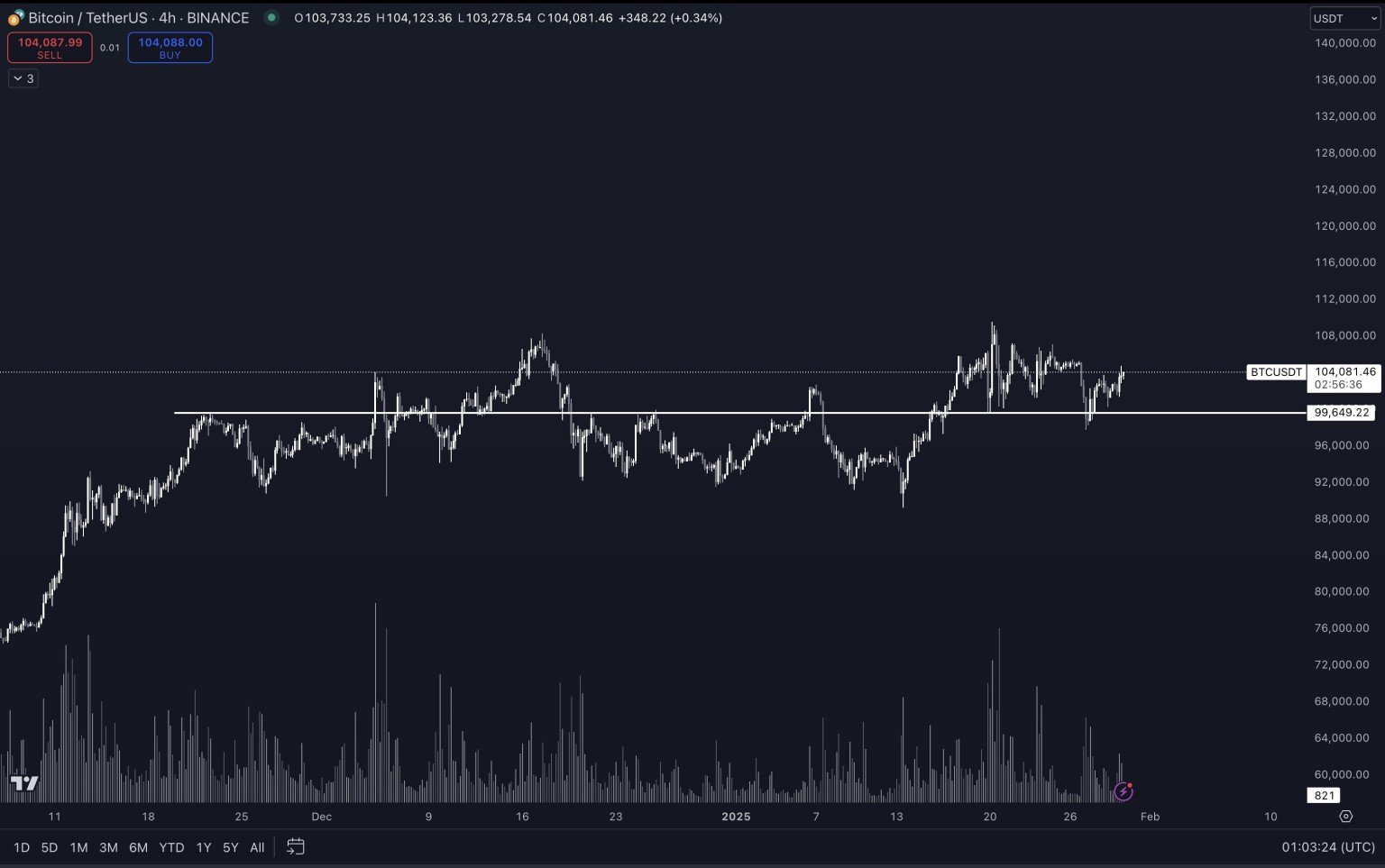
A combination of factors, US Debt and Bitcoin volatility, including the enormous debt maturing and Donald Trump’s administration, has caused a sea change in the US financial system in 2025. According to reports, there is economic uncertainty, and the $9.2 trillion government debt is about to mature. This has particularly affected Bitcoin’s price.
This unprecedented scenario fuels worries about interest rate hikes, skyrocketing debt payment costs, and possible market instability. It accounts for over 25 per cent of the total $36.2 trillion debt. We’ll examine the impact of this scenario on the market leader in cryptocurrencies.
Rising US Debt: Impact on Bitcoin & the Dollar
About $9.2 trillion, or 25.4% of the $36.2 trillion in national debt, is due to mature this year. Increasing debt payment costs are a natural consequence of this scenario’s built-in link between deficit spending and interest rate hikes. Moreover, according to the Kobesissi Letter, the average interest rate of the US Treasury Department has skyrocketed to $3.2%, the most significant rate in the past fifteen years.
The Kobesissi Letter states that rate cuts are the US’s top priority. Nevertheless, rate decreases have been paused due to the previous FOMC meeting. Since Bitcoin’s reaction is likely to be more erratic around this large debt maturing, this will cause massive economic issues, particularly for Bitcoin. Historical trends show that Bitcoin Future prices are susceptible to fluctuations in interest rates. That isn’t the only major socioeconomic event that does this; plenty of others do. Now, professionals in the field predict that the dollar will gain dominance due to increased online rates accompanying this maturing or refinancing. Cryptocurrencies and other highly volatile assets are vulnerable to a stronger dollar outlook, and introducing fresh volatility might derail Bitcoin’s price trend.
Bitcoin’s Volatility Amid Debt Refinancing & Future Projections

While several variables affect Bitcoin Price Predictions, the most typical timeframes are consistent. Many analysts and tools believe this coin is highly optimistic. However, since 70% of the debt will be refinanced between January and July 2025, this period could see significant volatility due to the debt restructuring. Even though it reached an all-time high of $109.1k at the start of the year, Bitcoin is already experiencing volatility, trading around $97.9k. Because of debt refinancing, the price of Bitcoin could fall even lower than some experts predict—to the tune of $70,000.
In any case, volatility might level off with time. Projects and historical price fluctuations of Bitcoin also point to a favourable future. Crypto expert Immortal X, who posted a comparison of Bitcoin prices, also commented on the same prognosis. After analyzing the data, Immortal came to a bullish conclusion, describing it as “so different and yet so similar,” and predicted that the price of Bitcoin will reach $120,000 shortly and $200,000 in the distant future.
US Debt & Bitcoin’s Path to $200K
Reportedly adding $1 trillion yearly, the United States’ mounting debt has long been a cause for concern. Even though numerous specialists in the field have proposed Bitcoin as a way to settle the debt, nothing has happened thus far. The maturing of the $9.2 trillion in debt could temporarily cause price fluctuations in Bitcoin. Regardless, the goal of $200k by 2025 remains intact, thanks to historical trends, investor desire, and the possibility of market bulls brought about by Bitcoin reserve permission.
Final Thoughts
The intersection of mounting US debt and Bitcoin’s price volatility will define the financial narrative of 2025. The economic landscape remains uncertain, with $9.,2 trillion in debt maturing and interest rates at their highest in 15 years. While Bitcoin faces potential short-term instability, historical trends and bullish market sentiment suggest a promising long-term trajectory, with some experts eyeing a $200K target. As the US financial system navigates this critical period, all eyes remain on how debt refinancing, interest rate policies, and market reactions will influence the future of both traditional and digital assets.








